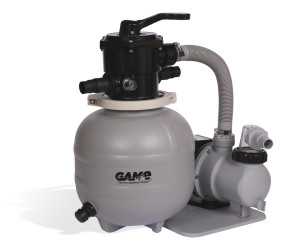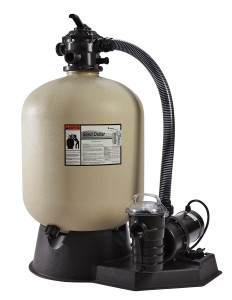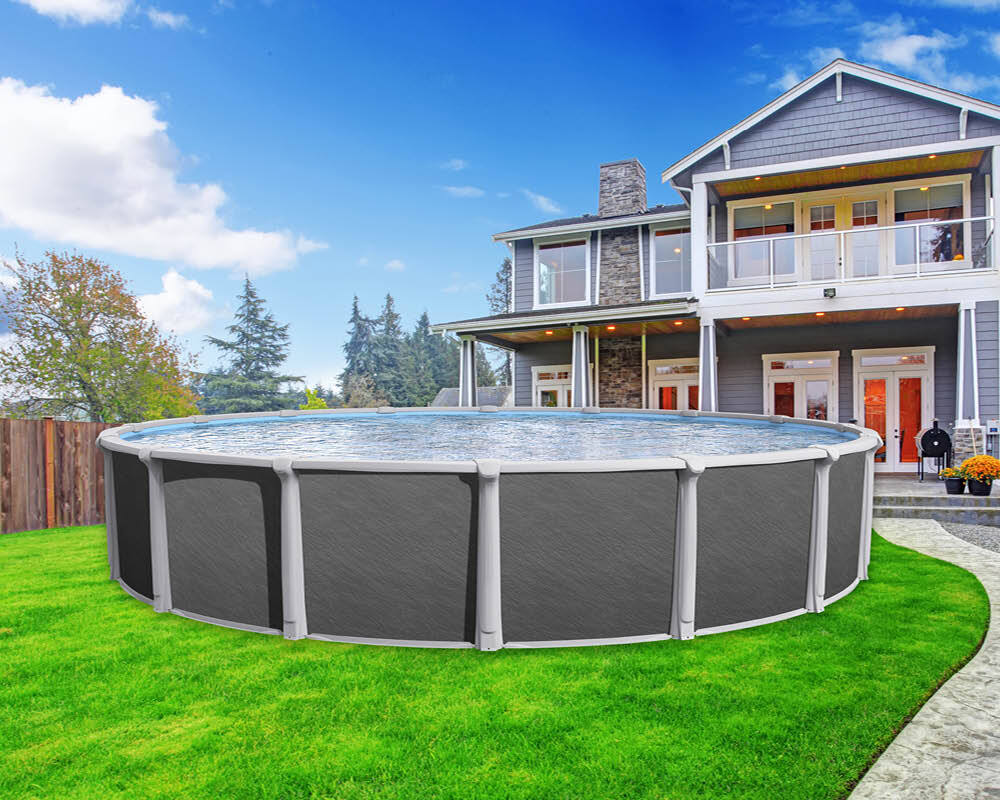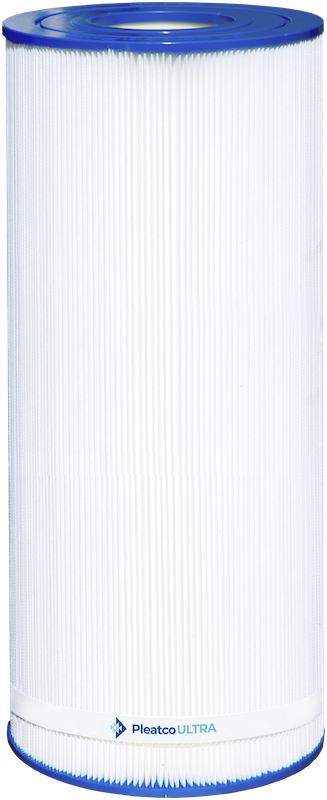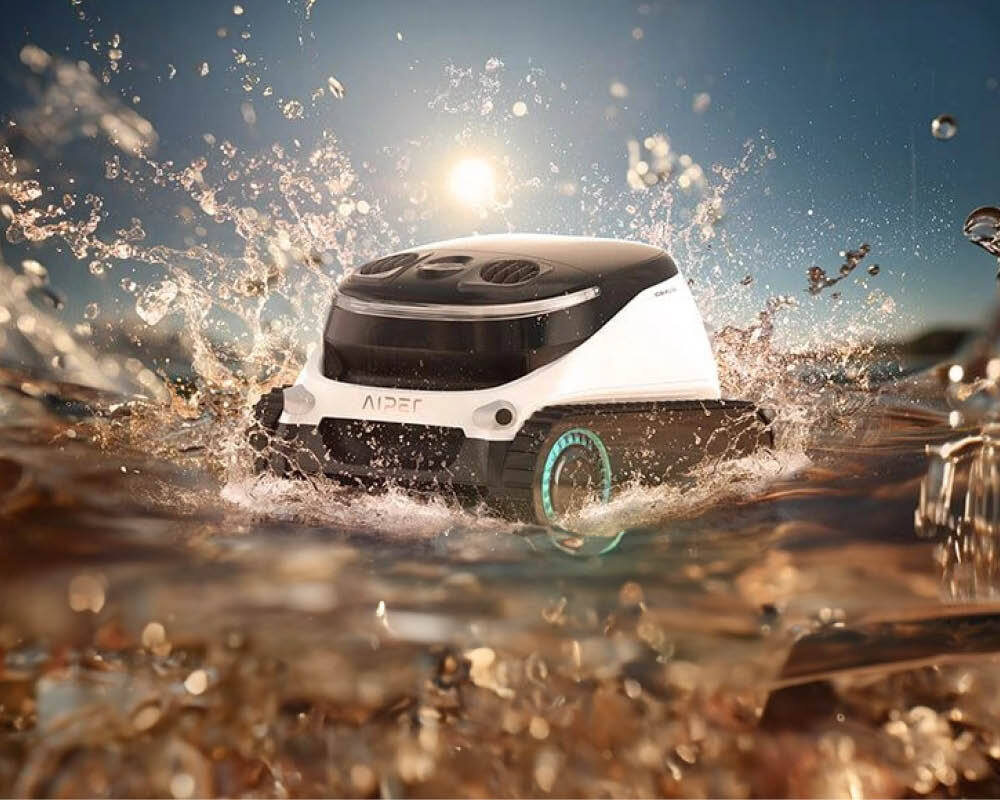A new look at an old technology—sand filtration for above-ground pools

By Mitch Smith
Above-ground swimming pools—whether steel-wall, soft-sided, or any other type—all contain water, which needs to be filtered. While most facts about above-ground pool filters have remained constant over the years with respect to the pros and cons of the three basic types (sand, cartridge, or diatomaceous earth [DE]), there are some changes in the market that savvy dealers can use to their advantage.
The general truths are true
No matter the swimming pool type, DE provides the finest filtration, sand is easiest to understand and maintain, and cartridge filtration is in between on both ease-of-maintenance and particle-size scales.
Sand filters
Using sand to filter water dates back to the Roman baths of ancient times. And, while there may be some differences in how their valves operate, or the design of the laterals that hold the sand, today’s sand filters function pretty much as they always have. As water passes through the sand bed, particles are trapped by the sand crystals. When the sand bed has trapped all it can, usually measured by a change in pressure, or if it has been too long between cleanings (cloudy water), the sand bed can be recharged via backwashing. This process essentially involves running water through the filter in reverse, loosening the trapped particles and flushing them to waste. The sand itself typically lasts several years.
Cartridge filters
Cartridge filters have a bit more variety to them in terms of form and function. Basic cartridge filters have inserts made of paper-like material that trap dirt. The cartridges themselves can be rinsed and cleaned for repeated use. The length of time between required cleanings depends on bather load. The same is true of how often the cartridges should be replaced. The replacement cartridge market can be lucrative for pool dealers.
DE filters
DE filters, on the other hand, are the most complicated of the three types, and also provide the finest filtration. Grids are coated with DE, which catches the undesirable particles as water passes through. When the DE has caught all it can (measured similarly to sand filters via a rise in filter pressure or visual signs of compromised filtration), it must be regenerated. Some DE filters have a backwash-like function in which the DE is bumped and then recoated onto the grids. Other models require backwashing; however, some areas have rules against flushing DE into sewers. Still, the superior water quality achievable with DE makes these filters appealing to pool owners.


